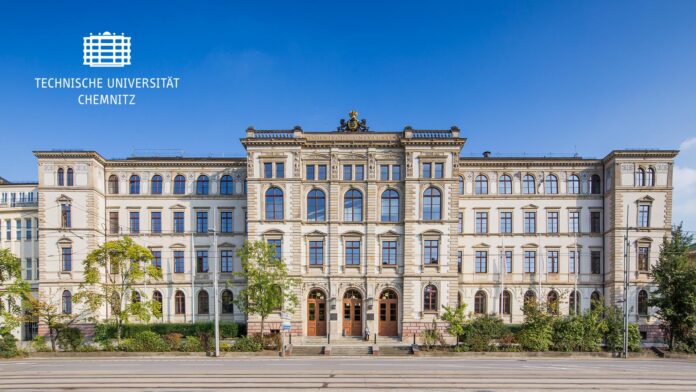What role can digital solutions play in tax practice? How can newer IT systems support tax planning and facilitate the work of tax experts? Students at Chemnitz University of Technology will be investigating these and other questions in case studies in the “Tax Technology Project 2021” from the end of April 2021. It is the result of cooperation between the Chair of Business Taxation and Auditing and mgm.
As part of the seminar, the participating students will deal with the valuation of real estate assets from a balance sheet, real estate transfer and inheritance and gift tax perspective as well as the simplified capitalized earnings method. Building on this, the participants will develop digital tax solutions on the computer in a very practical way to support the corresponding valuations. To do this, they use the modelling and design environments of A12, mgm’s enterprise low code platform. With the help of the software, the aforementioned issues can be modelled without any programming knowledge.
The project description on the chair’s website sums it up: “The event is suitable for all students who want to get to know directly what the current trends are in digital business.
Goal: Gaining process experience and overcoming IT inhibitions
For Prof. Dr. Silke Hüsing, who has held the Chair of Business Taxation and Auditing since 2008, the cooperation is a “test balloon” that she is eagerly awaiting. “The students are supposed to have a process experience, which means penetrating a tax law topic, structuring it and fundamentally thinking it through with a view to its tax planning content,” she explains. If, in addition, the identified structures and the conceived models can be built in a digital environment that facilitates the work afterwards, a sense of achievement arises. She adds: “Basically, I want to support students in overcoming their inhibitions about IT so that they are able to better understand data-driven business models of clients in their later professional life and to be able to assess the use of IT for the creation of tax advisory services themselves.” Hüsing’s hypothesis: In this way, the attitude of not being a slave but master of the instrument and determining the advantages and possibilities of digital helpers can be experienced.
Introduction to A12 and support from business analysts and tax experts
On the part of mgm, the students receive a general introduction to the functionality, systematics and logic of model-based development, so that they can operate the A12 tools independently. During the seminar, experienced business analysts as well as mgm’s tax expert Uli Weber will also be available for an exchange, support and questions.
Chemnitz University of Technology is the third largest university in Saxony after Leipzig University and Dresden University of Technology. Almost 10,000 students are enrolled at the eight faculties and the Centre for Teacher Education. The Faculty of Economics celebrated its 25th anniversary in 2018 and is the academic home for around 1,500 students.
A joint publication of the results of the work is planned as a follow-up to the seminar.
Photo: Jacob Müller, Chemnitz TU







